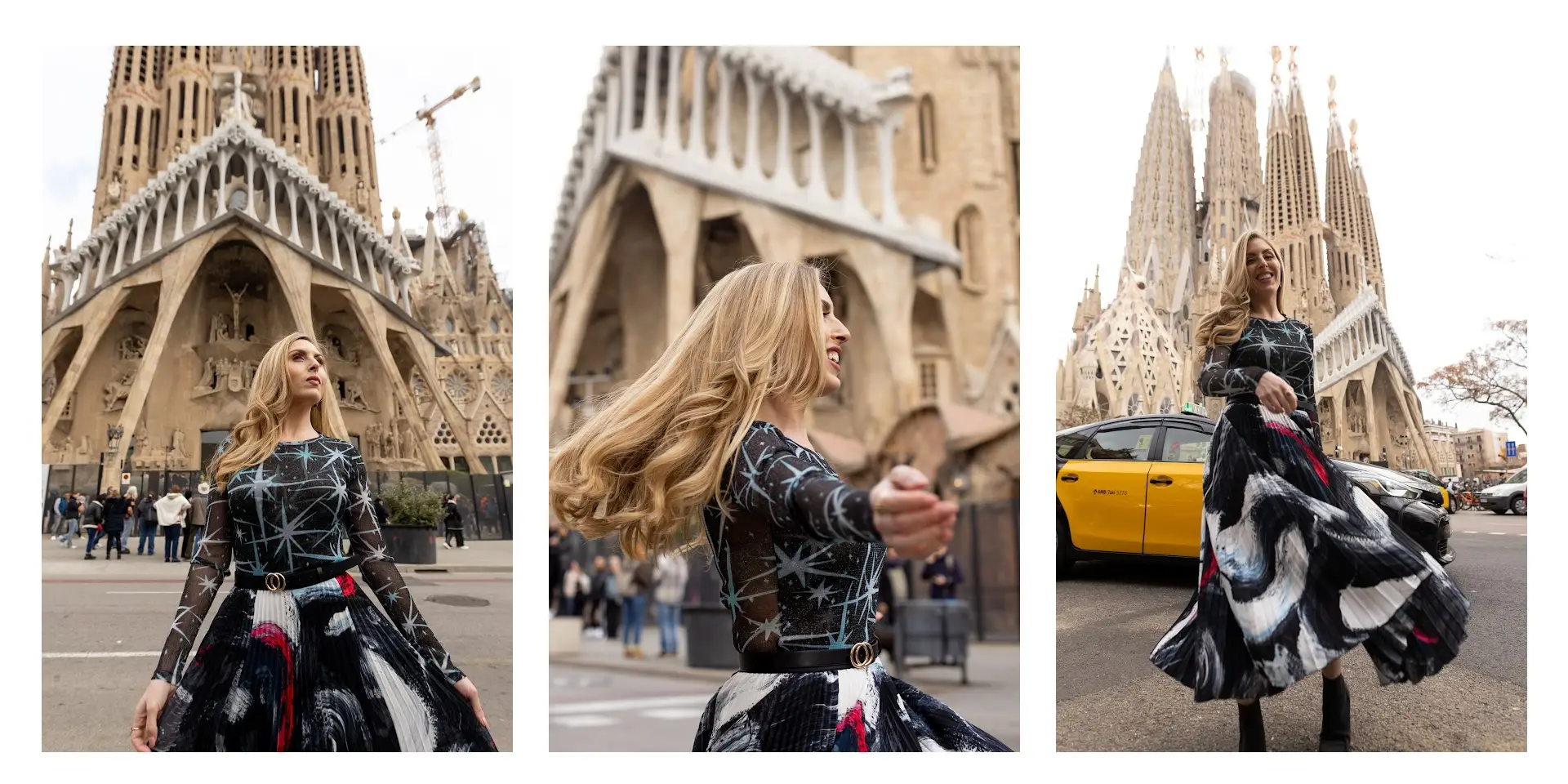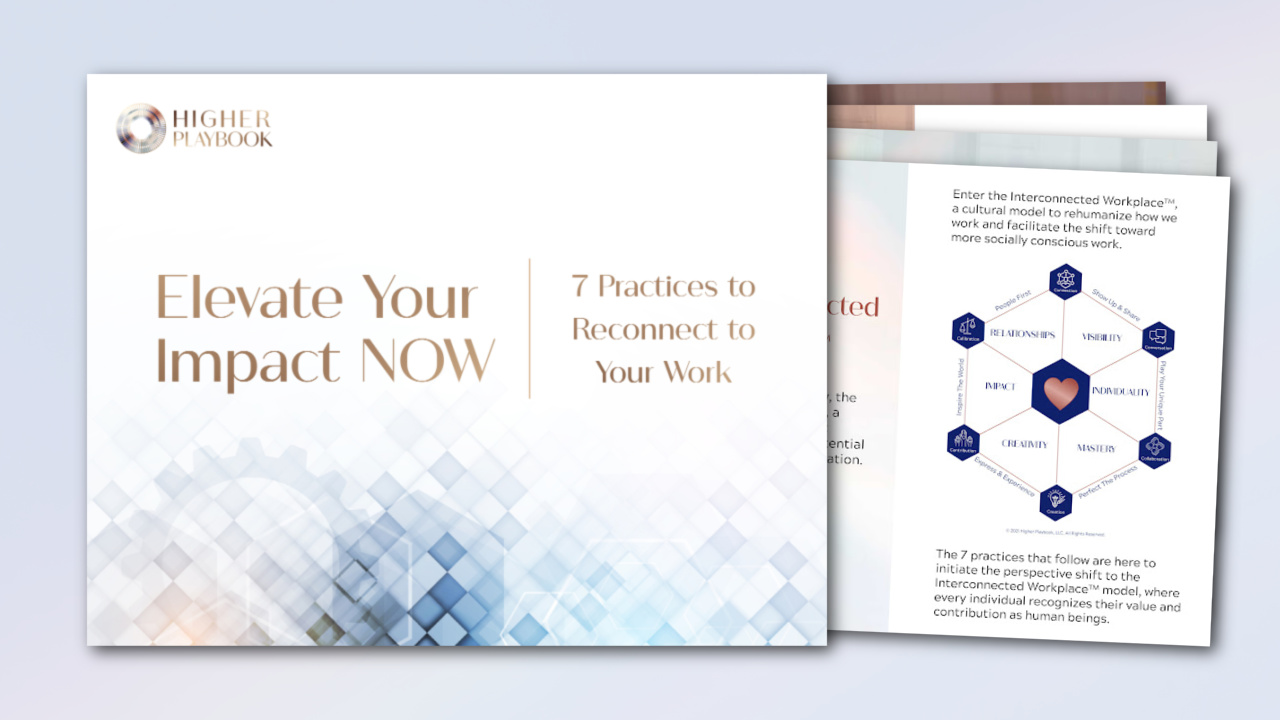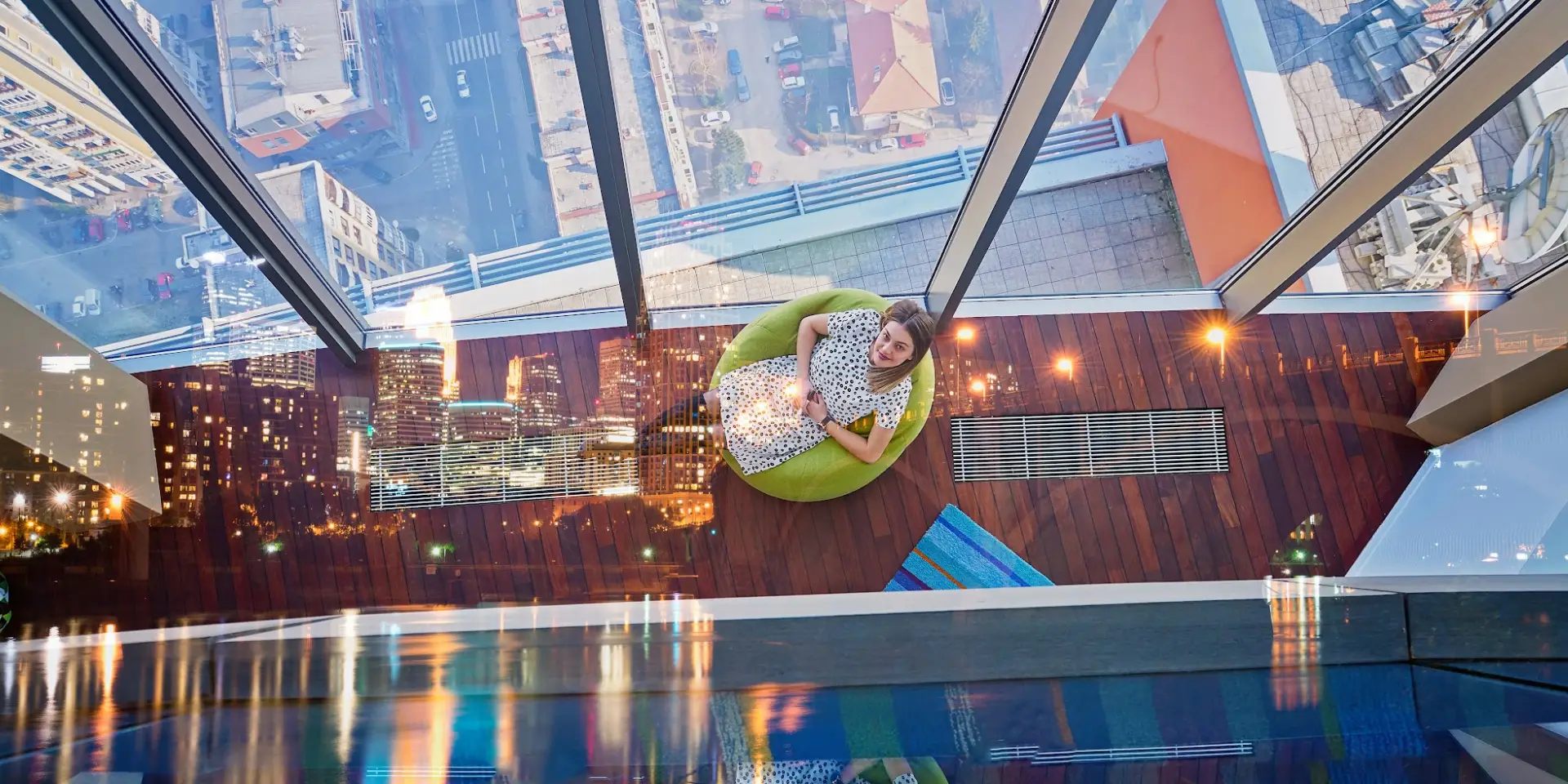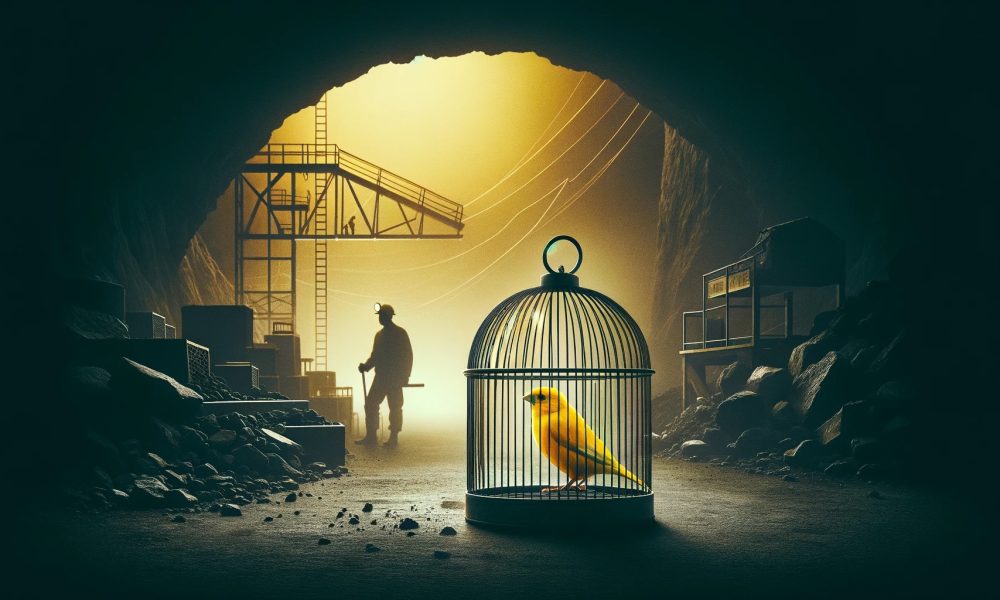“Building A Better Business World,” Part 2 in a five-part series on workplace transformation, recounts a recent journey to Barcelona- a hub for social innovation and ideal setting to activate impact creation.
This article explores how we can harness the potential of people to build a better world through a foundational shift in how we think about and lead sustainable development initiatives through business.
Amidst the bustling Barcelona streets, I found a moment of pause at the Sagrada Familia. This magnificent basilica, a work in progress, brought me to reflect on the intentionality in planning and executing this long-term vision.
During this historic moment of workplace transformation, the Sagrada Familia is an undeniable symbol and source of insights for modern leadership.
How can we evolve our business approaches in the now to facilitate the construction of a better business world?
Sourcing Wisdom From The Past
How? As I gazed up at the Sagrada Familia, I couldn’t help but be engulfed in wonder…
It’s construction, initiated in 1882, will likely continue to 2026- an extraordinary testament to the creative capacity of people.
The basilica showcases the interconnectedness of humanity across generations and what’s possible when we connect to something tangibly greater than ourselves.
Sagrada Familia evokes strategic questions…
- What inspired diverse talent to come together for something greater than themselves?
- What empowered them to work together to build for tomorrow?
- How does one sustain motivation when the vision is far from immediate reach?
How can today’s leaders adopt a similar approach to architecting the future in the now?
To answer these questions, I needed to go deeper than mere architecture. And so, I sought to understand the leadership that has sustained this endeavor for over a century.
The revelation: Building a better future requires a balance between awareness and action- made possible when an open vision guides the strategic execution.
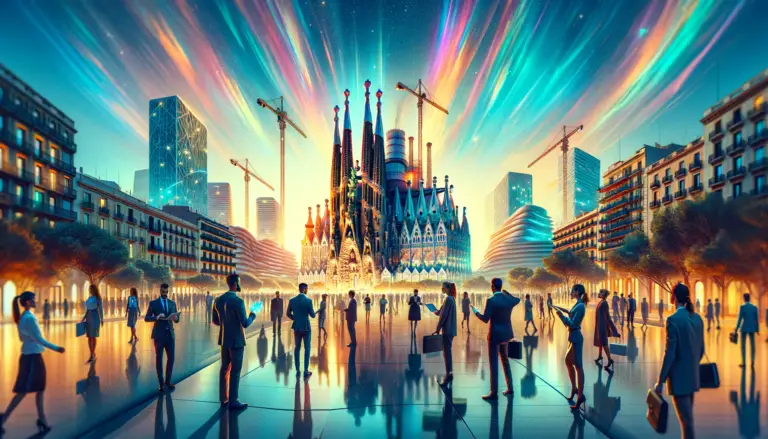
The Crux of Social Innovation
For me, the intrigue of the Sagrada Familia lies in the invisible threads of purpose and unity that connect people to this project over time.
Today’s businesses and leaders can learn through its construction when considering how we can be conscious contributors to sustainable development.
The opportunity emerging in business is less about will we evolve- but how will we evolve in the best interest of the past, present, and future world.
For businesses to successfully embed sustainability into business operations, today’s leadership must consciously disrupt how professionals think about their work and how they are putting the capacity of our workforce to good use.
The crux of social innovation is two-fold: awareness and action.
Awareness: to exercise Cathedral Thinking, an expansive perspective that connects to the highest future possibility; to consider the impact of today’s decisions, as a means to build toward that future in the now.
Action: to actively participate in special projects, where you get to contribute your talents and resources; to experience your impact in action and be connected to something greater than yourself.
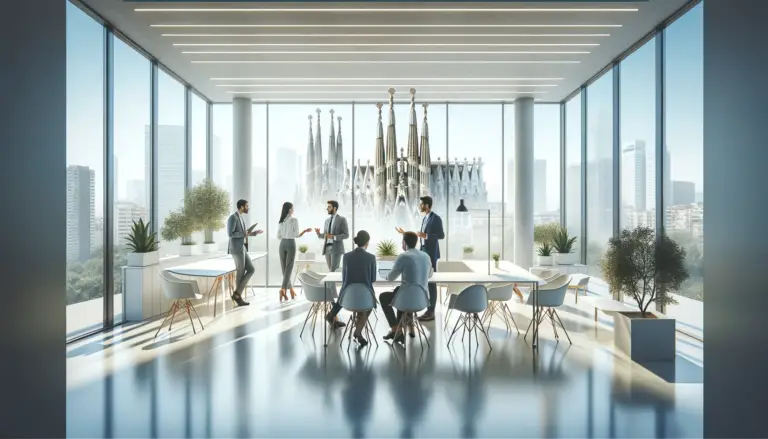
By adopting an open vision, businesses can dedicate their resources toward special projects and impact initiatives.
I’ll start by explaining what an open vision is in more detail, then illuminate what social innovation looks like in practice.
Awareness: What is an Open Vision?
An open vision is a way of being in relation to one’s work. It allows for an elevated perception of choice, a receptivity to emerging ideas, and freedom within the creative process. There are three universal qualities that inform this perspective:
1. Ecosystem Awareness: To consider the whole ecosystem- the needs of all stakeholders, the circumstances of the present, and the implication for the future. Such expanded awareness enables decision-making that fosters a positive ripple of impact.
2. Open Innovation: To create an open exchange, actively sharing ideas with people beyond your direct sphere of influence. Embracing open innovation is a hallmark of visionary leadership- and benefits the entire ecosystem.
3. Space for Emergence: To leave parts of the vision open to allow for discovery, inspiration, and invention to flourish. Non-time and unstructured space, especially in the business context, serve to unlock the potential for innovation and impact.
An open vision activates Cathedral Thinking- a central element to sustainable development in modern business.

The same way cathedral builders with an open vision initiated the construction of Sagrada Familia, modern leaders can initiate special projects by exercising ecosystem awareness, open innovation, and space for innovation.
Action: Initiating Special Projects Now
Acting on this awareness, leaders across industries have an opportunity to disrupt traditional business structures and harness the capacity of people toward global objectives.
When the United Nations adopted the sustainable development goals (SDGs) in 2015, global institutions had a new compass for policy shaping, priority setting, and operations.
The byproduct of an open working group of leaders from across sectors of society, the SGS offered businesses a shared aspiration for the world and a way to benchmark collective action.
While the SDGs were created a decade ago, businesses are now taking on a more expanded role in sustainable development.
With the rise of AI and the growing call for impact transparency in business, we are in the midst of a profound shift in human resource allocation.
Businesses are reassessing their priorities, repurposing time, redefining roles, and leaving sustainable development into the very fabric of their operating model.
If in the past, traditional operating models did not empower people to devote their talents toward long-term development projects, we’re now seeing trends toward long-termism and social innovation.

The corporate social responsibility of the past is the business strategy of the present, ushering in an era of social innovation.
- How can businesses facilitate impact creation?
- How can businesses invest their resources into the broader ecosystem of our world?
How can we come together as one workforce to build a better world for tomorrow?
One socially innovative strategy is to operationalize special projects and impact initiatives, which serve as micro interventions within the current operating system.
Just as a Cathedral is built and transforms the existing city, a special project or impact initiative stimulates innovation.
In other words: Every time a business launches a special project or impact initiative, we essentially break ground on the Cathedral — and take strides toward building a better world.
Coming Up Next
Curious what a special project or impact initiative looks like in practice?
Part 3, “Visioning Beyond Your Limits,” illuminates how my own open vision – and gives a look inside a special project that I launched in Barcelona to initiate social integration in the workplace.
You’ll also have a practice to connect to your own vision for impact, and how to identify the first steps you can take to launch a special project or impact initiative.
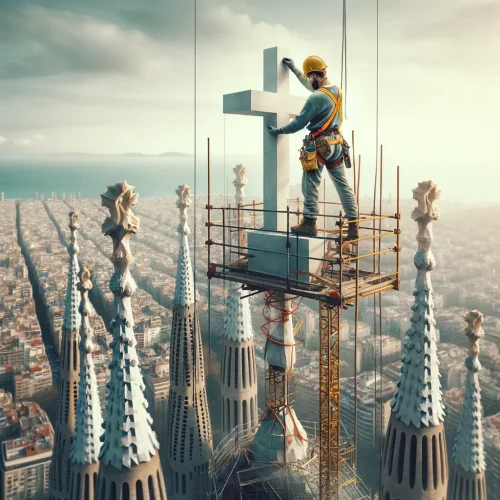
As you position yourself for impact creation, you have the opportunity to open your vision and become a conscious contributor.
No structure is ever truly set in stone. We can simultaneously honor the heritage of what’s been built for us and step into the opportunity to create more sustainable approaches in modern business.
Ultimately, it is our openness to continue to evolve how we think, how we lead, and how we contribute through our work that will sustain our planet for future generations.

